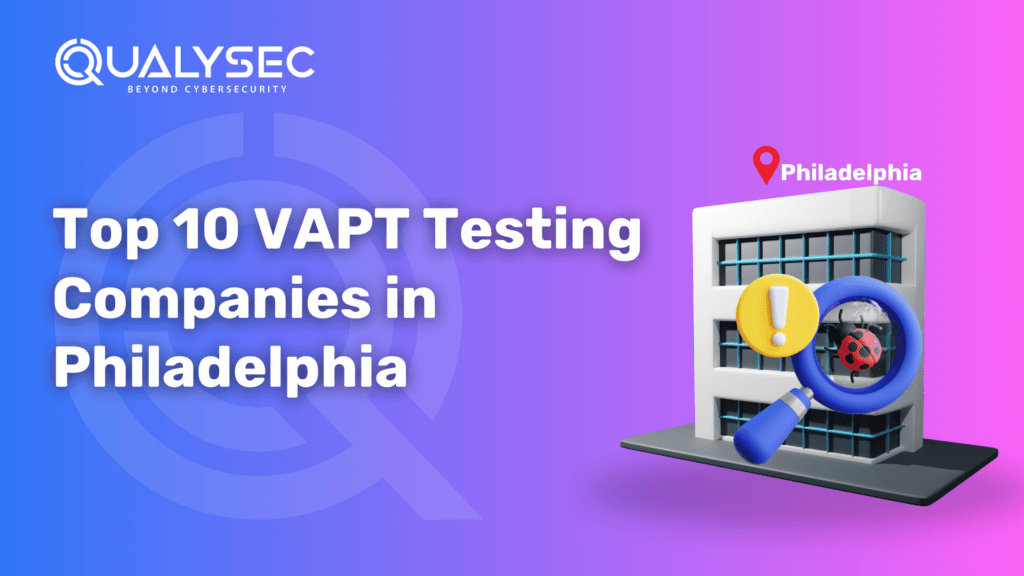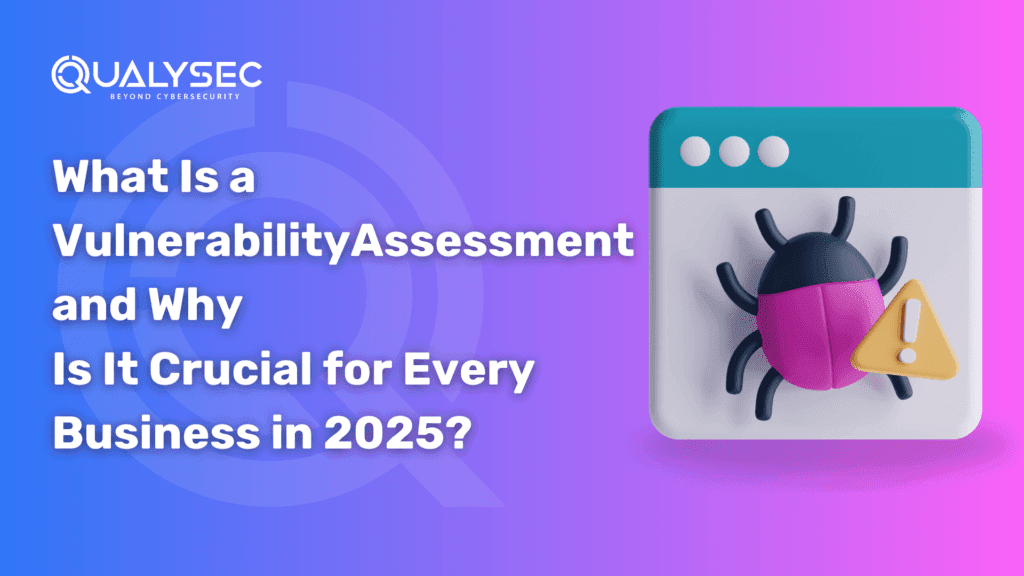Top 10 VAPT Testing Companies in Philadelphia
Cybersecurity threats are scaling at an alarming rate in today’s digital world. Businesses want to maintain security due to sensitive data breaches, channel breaches or to sustain compliance towards the ever-evolving sectors. Vulnerability Assessment and Penetration Testing is a vital security measure that elucidates weaknesses within an organization’s infrastructure and provides ways to mitigate possible risks. The aim of this paper is to discuss the top 10 VAPT testing companies in Philadelphia based on the discussion of a set of characteristics of each company and why worth selecting them in catering to the cyber demands. Other prime cybersecurity companies offering VAPT services in Philadelphia, Pennsylvania. Offering up-to-date solutions to protect the business from the cyber threat. 1. Qualysec Qualysec is one of the top VAPT service provider in the world. The company offers VAPT to various organizations and scans. It hardens vulnerabilities that exist in businesses to make the overall security framework of organizations impenetrable against any cyber threat using the latest technology and ethical hacking. Key Features Why Choose QualySec? 2. CynergisTek CynergisTek is one of the best cybersecurity companies providing advanced vulnerability assessment services. It provides assessment services on risk, security strategy improvement, and compliance assurance for businesses in multiple industries, but its main focus areas are the healthcare and finance sectors. Key Features Why Choose CynergisTek? 3. Trustwave Trustwave is one of the leading VAPT testing companies around the world, which offers VAPT services to business organizations of all sizes. It helps organizations achieve a more secure place through vulnerability identification and strict security recommendations. Key Features Why Choose Trustwave? 4. AlertLogic AlertLogic is one of the best vulnerability scanning solutions in the world. It offers managed VAPT services and is proactive in threat detection and response. It protects businesses from cyberattacks. Key Features It offers automated VAPT testing to help minimize security gaps. It also provides strong firewall management solutions that help in increasing the network’s security. Why Choose AlertLogic? Security solutions based on compliance for each industry. 5. Veracode Veracode is a very old cybersecurity company that offers full vulnerability testing services, which include VAPT. It helps organizations in detecting and remediation of vulnerabilities in an effective way. Key Features Why Choose Veracode? It is specifically targeted towards software development houses looking for secure coding, testing, and application security testing. 6. FireEye FireEye is the leader of VAPT in cyber security. They provide the best VAPT services to businesses around the world. It helps companies find and remove cyber threats before they can occur. Key Features Why Choose FireEye? 7. CyberArk CyberArk is the global leader in privileged access security, helping organizations protect against advanced cyber threats. The firm specializes in securing privileged accounts to prevent breaches of data. Key Features Why Choose CyberArk? 8. Kroll Cyber Security Kroll Cyber Security stands out for providing trusted vulnerability risk assessment and incident response services. Its niche areas are VAPT, forensic investigation, as well as business risk assessment. Key Features Why Choose Kroll Cyber Security? 9. Booz Allen Hamilton Booz Allen Hamilton is one of the leading providers of cybersecurity consulting services, vulnerability testing, digital transformation security, and risk management for enterprises. Key Features Why Choose Booz Allen Hamilton? 10. Checkpoint Software Technologies Checkpoint Software Technologies is a leader in cybersecurity solutions, offering VAPT, firewall protection, and endpoint security for businesses. Key Features Why Choose Checkpoint Software Technologies? Talk to our Cybersecurity Expert to discuss your specific needs and how we can help your business. Schedule a Call Conclusion Cyber threats are undoubtedly one of the fastest-emerging threats that are considered among all other businesses operating within sectors. A robust security position and defense against cyber attacks should be sustained with frequent Vulnerability Assessments and Penetration Testing. Companies featured here on the list in Philadelphia, Pennsylvania, are considered to be one of the top ones that are providing high-grade VAPT services for a particular industry. The choice of the right vulnerability assessment vendors will depend on business needs, the industry’s compliance requirements, and budget constraints. Whether it is a startup, an enterprise, or a government organization, the investment in the cybersecurity services provided by these top firms will make sure that the IT infrastructure stays protected from possible threats.






